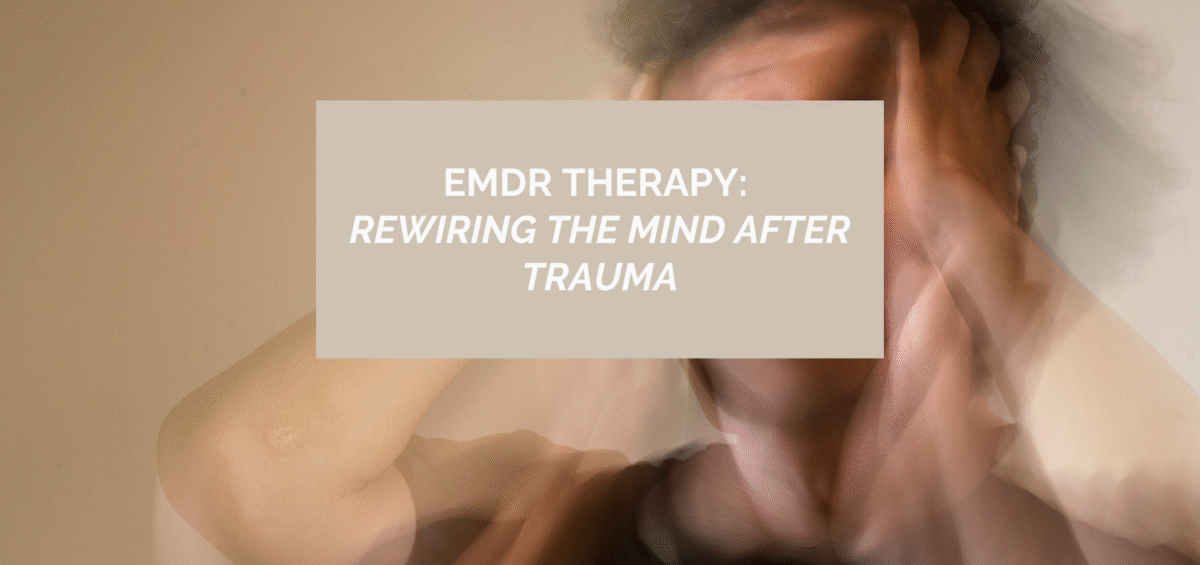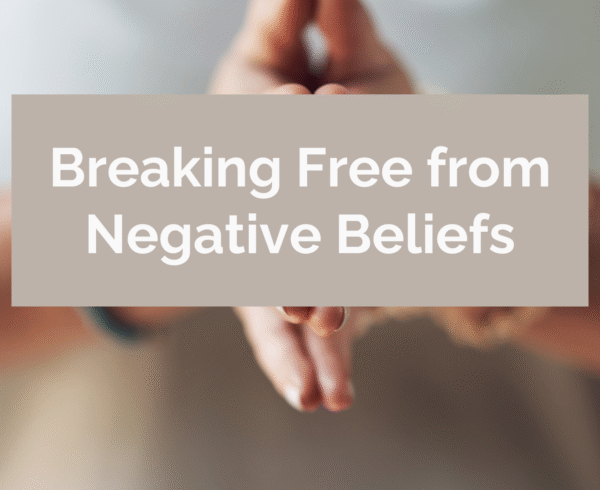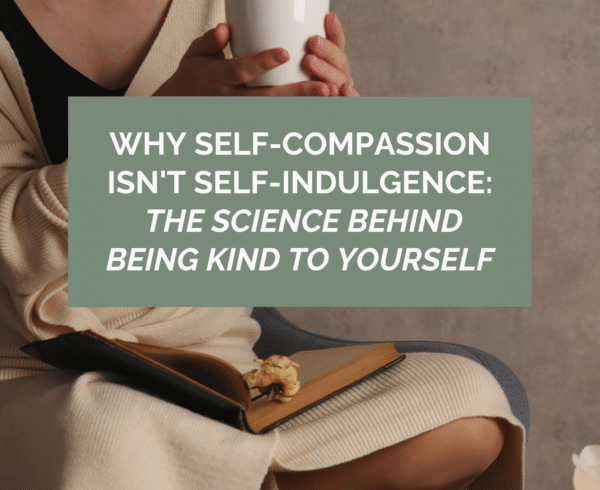“The past affects the present even without our being aware of it.” This simple truth lies at the heart of understanding trauma and healing. Trauma isn’t just a memory, it often remains stuck in your brain and body, influencing how you feel and react in daily life without you even realising it.
If you’ve ever experienced trauma, whether a single distressing event or a series of painful experiences over time, you may know what it feels like to carry those memories in your body and mind long after the danger has passed.
You might feel stuck, on edge, or numb. Certain places, sounds, or interactions may trigger unexpected waves of panic, shame, or sadness. These aren’t signs of weakness, they’re signs that your nervous system is still holding onto unprocessed pain.
That’s where EMDR therapy comes in. EMDR stands for Eye Movement Desensitization and Reprocessing. It’s a gentle yet powerful way to help your brain process painful memories so they don’t control you anymore.
As a psychologist at The Wellness Emporium, one of the approaches I offer to help you heal from trauma is EMDR therapy.
What is EMDR?
EMDR was developed by psychologist Francine Shapiro in the late 1980s and has since become one of the most well-researched and effective treatments for trauma.
What makes EMDR unique is that you don’t have to talk in detail about the trauma itself. Instead, EMDR helps your brain reprocess those memories so they no longer feel overwhelming or disturbing.
How does EMDR work?
During EMDR sessions, you’ll focus on a specific memory while engaging in gentle, rhythmic movements such as side-to-side eye movements, tapping, or sounds alternating between left and right. This helps your brain process the memory differently, moving it from a “stuck” place to one your nervous system can understand and release.
Think of your brain like a filing cabinet. Traumatic memories sometimes get “misfiled” in an emergency folder, causing alarms to go off when they shouldn’t. EMDR helps your brain put those memories in the right file so they no longer feel like they’re happening right now.
EMDR helps with more than trauma.
Although EMDR was originally developed to treat PTSD, it’s now widely used to support people struggling with:
- Anxiety and panic attacks
- Low self-esteem or negative self-beliefs
- Grief and complicated loss
- Phobias
- Childhood neglect or emotional abuse
- Medical trauma or chronic illness
- Sexual assault
- Attachment wounds
In her book Getting Past Your Past, Shapiro emphasises that EMDR isn’t about forgetting what happened, it’s about taking the emotional charge out of the memory so you can live more fully in the present.
What does an EMDR session feel like?
A typical EMDR session begins with a grounding phase. You don’t dive into trauma immediately. We first establish a sense of safety, calm, and trust. You’ll learn tools to regulate your emotions, feel more present in your body, and reduce distress.
When you’re ready, we begin reprocessing, targeting one memory at a time, following your brain’s natural healing process. You might experience shifts in thoughts, emotions, or body sensations. That’s normal. EMDR is gentle but powerful.
Healing is possible
Trauma doesn’t have to define you. With support, your brain and body can heal, even if it’s been years. EMDR isn’t magic, but it often brings relief faster than traditional talk therapy alone.
If you’re curious about whether EMDR might be right for you, we’re here to explore that together.
You are not broken. You are healing.
Let’s help your nervous system catch up to the safety of your present life.
Written by Psychologist Violeta.












Leave a Comment